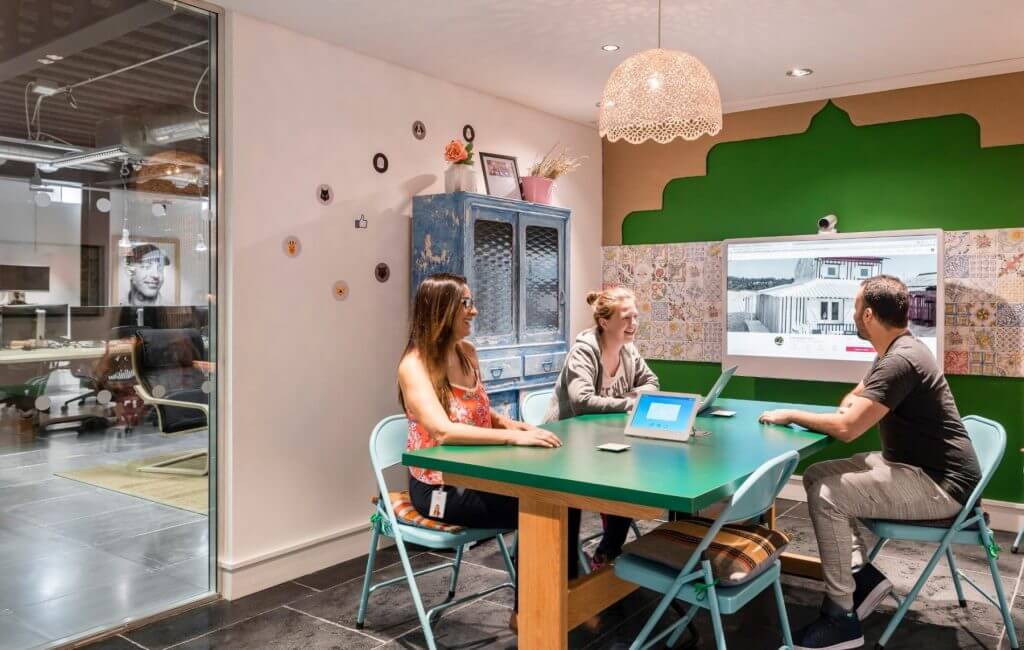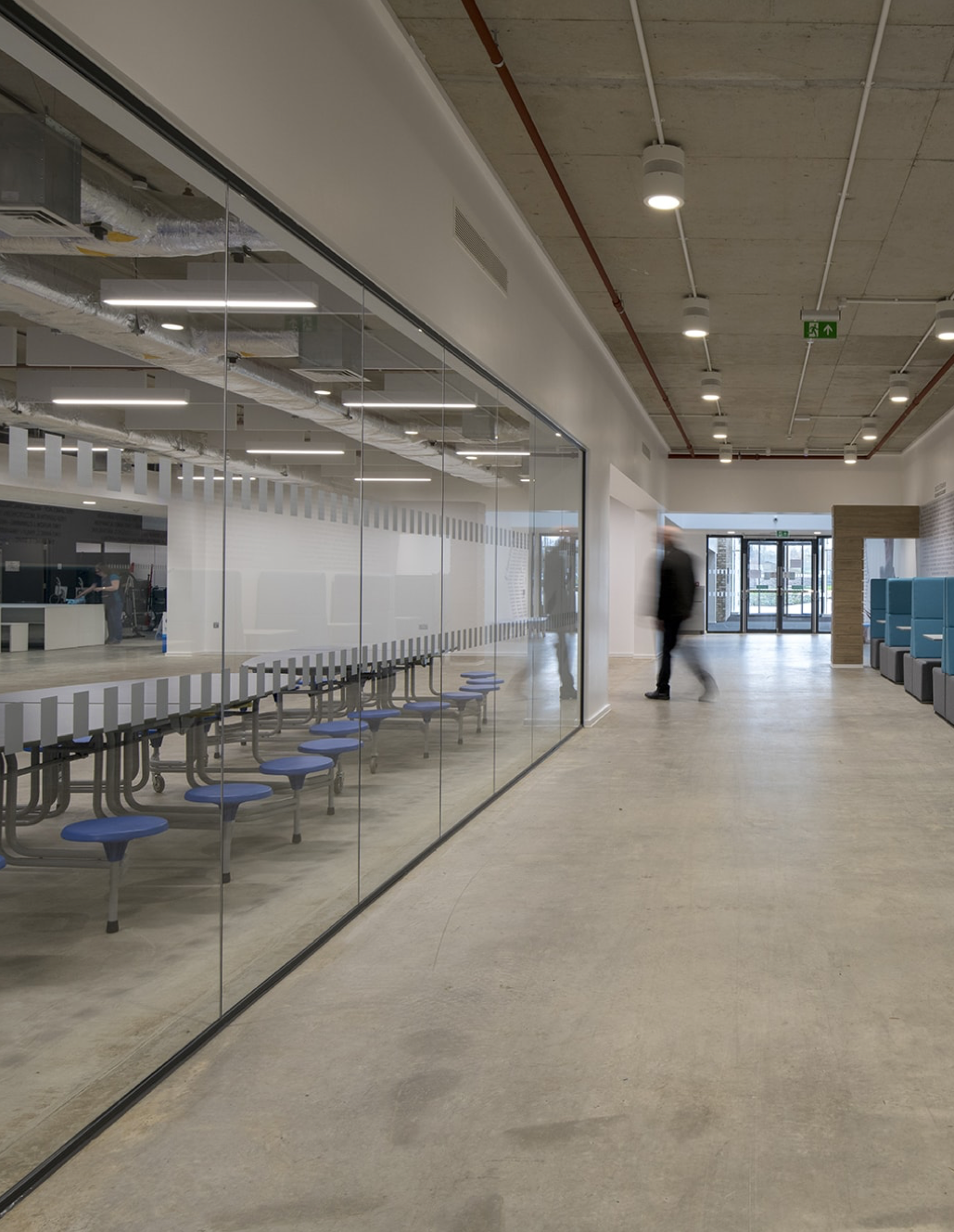How Does Office Design Affect Productivity?
Do office design and productivity go hand in hand? Well we think so and according to Oxford Economics (2019), 81% of designers agree that improving employee productivity was key when designing offices.
But first, it is important to understand the audience that we are designing for. At the moment, the ‘average’ office is made up of around 50% millennials and by 2025 this will be 75%.
We hope that this article will give you a little insight into why we think productivity should always be considered when designing offices, and demonstrate how partitioning and other elements can play such a huge role in this.

Airbnb project completed by Allied Ireland
Reduce noise- acoustics/ personal workspaces
How noise affects productivity is something we at Komfort spend a lot of time exploring. Did you know that more than 50% millennials say ambient noise reduced their satisfaction at work? Turns out we desire privacy and quiet space, something which open-plan offices often don’t provide.
Do you find people often wear headphones in an open-plan office? The chances are they aren’t being rude, but are looking to get some peace, attempting to block out the surrounding noise and distractions.
The ability to focus and work without interruptions is a key priority for most and allows people to deliver their best work, generating higher levels of self-satisfaction.
“65% of participants found that blocking out noise increases their productivity, 51% say it reduces error and 46% say it increases focus.” (The Oxford Economics, 2019)
But of course putting up partitions everywhere to block out sound isn’t quite the answer (as much as we would like it to be!). It will come as no surprise that people in the workplace also value communal spaces where they can interact and collaborate with co-workers. So essentially, it is all about a fine balance to meet the differing needs of individuals.

The impact of natural light
We all love natural light and the positive effects it has on us as individuals is undeniable. Natural lighting should always be a key consideration when designing offices. Not only does light affect productivity but also positive mental health. Natural light is integral to your body’s circadian rhythm, improves your mood and boosts Vitamin D. On the flip side, poor or a lack of lighting can cause eye strain, tiredness, stress and headaches.
It is important that as designers you take advantage of natural lighting as much as possible, using transparent materials such as glass and make considered decisions on the positioning of desks for example.
Colours and materials
Never underestimate the impact that colours, different textures and materials can have on productivity levels and general ambience of the office space. This includes biophilic design and timber materials which can create calming and soothing tones to heighten levels of efficiency and reduce stress.
Natural colours like green and blue can improve efficiency and focus, while warmer colours can spur innovative thinking and intensity. Adding a colour to your working space can often help employees as it reduces stress, increases creativity, enhances morale and encourages discussions and expressions of opinions. It has been proven that certain tones and hues can improve brain functions that help boost productivity at work. All done with the simple injection of colour.
So, have we convinced you?
All of these different facets, including controlling acoustics and making the most of natural light, will improve productivity and ultimately positively impact the businesses bottom line. Creating and designing an effective office space which considers productivity levels is key.
Speak to our specification team to understand what level of acoustic control you need for your office design and ways to do this. Our team is your team.

